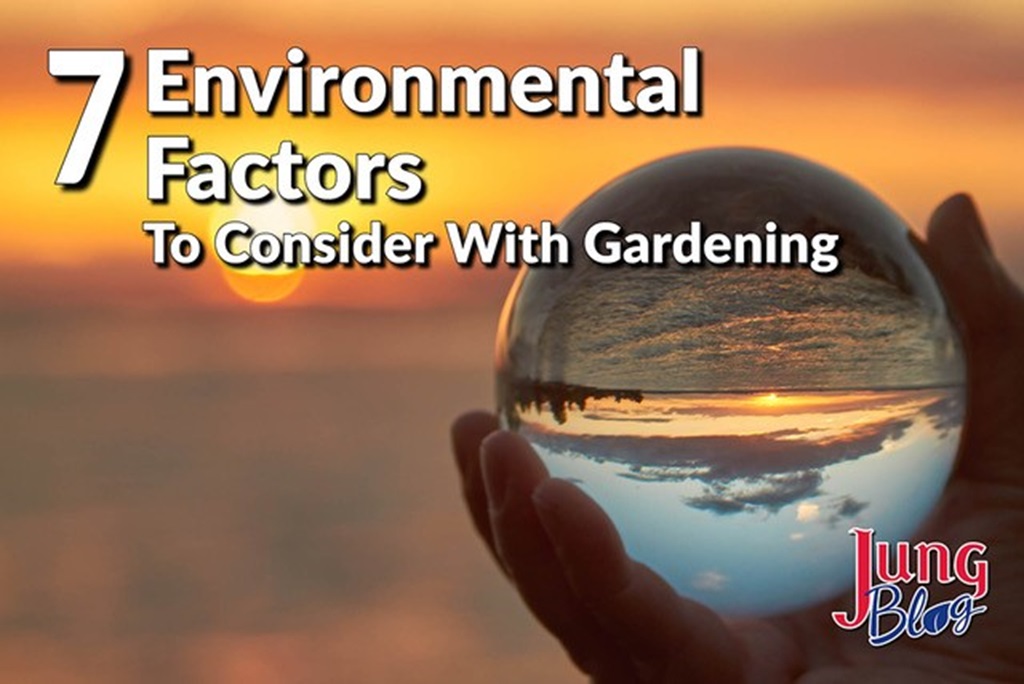
As you look at plants in the nursery or online, you’ll probably notice a reference to growing or USDA zones. An example is Summer Crush® Hydrangea, which lists a growing zone of 4-9.
Hardiness Zone Map
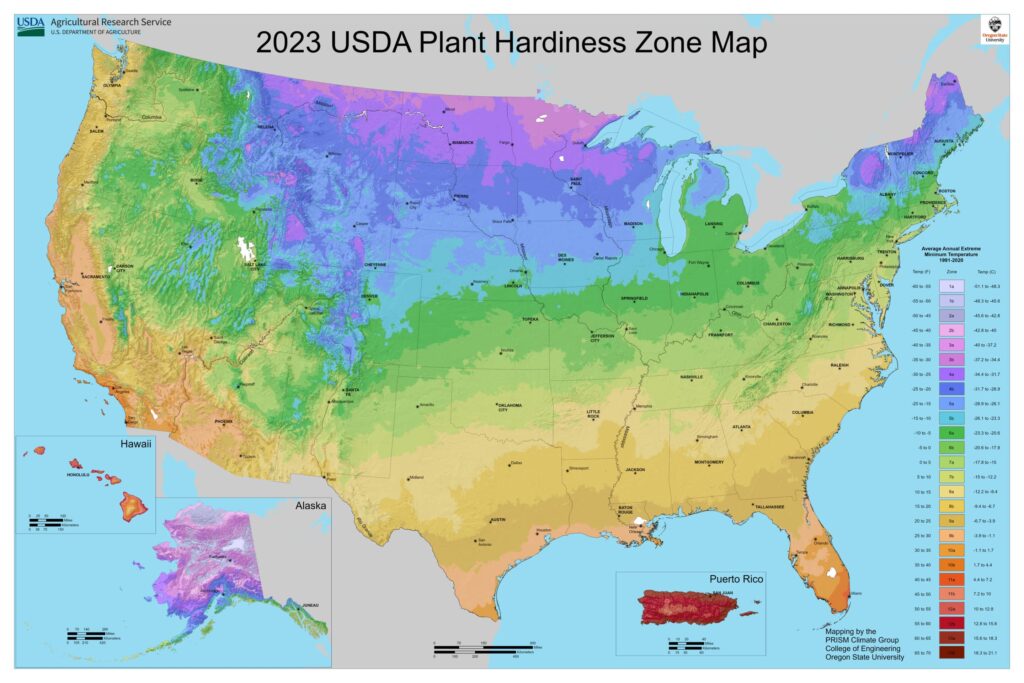
These numbers are based on a map created by the U.S. Department of Agriculture to help gardeners determine the type of plants likely to thrive in different locations. The zones on the map show the average minimum winter temperatures for a given area. For example, Zone 6 includes areas where the average lowest temperature in winter goes down to -10°F. A few cities in Zone 6 include Chicago, IL, Detroit, MI, and Denver, CO.
The zones can be an excellent tool to help you determine if a plant may be hardy for your region. Still, these numbers are only a starting point for helping you pick the right plants for your landscape.
In 2023, the USDA released a new hardiness zone map that reflects a slight increase in winter temperatures, allowing many areas of the country to become part of a warmer zone. An example is Denver, which was Zone 5 but is now Zone 6. When it comes to hardiness zones, it’s good to remember these zones only measure the lowest average temperature in winter. They don’t include other factors, like precipitation, summer temperatures, soil type, frost/freeze dates, and wind speeds for each area. The climate in Denver is much different than Chicago, but they’re in the same zone because of those similar winter low temperatures. We should also note many areas will get colder at times. To give you an idea, the record low temperature for Chicago is -27°F, which is far below its Zone 6 rating. However, an average winter will remain closer to -10 °F, making it a good fit for Zone 6.
Hardiness zones are a great starting point for selecting plants, so how do we determine if a plant will grow well in your landscape? When I move to a new area, I like to explore and see what other people are growing in their yards, along with visiting a local botanic garden. While every yard is different, you can better understand what grows well in your area with a bit of observation. Of course, the plants you see growing at your neighbor’s may only be a sample of what you can grow, and that’s why Jung provides various online resources to help your plants thrive.
Soil
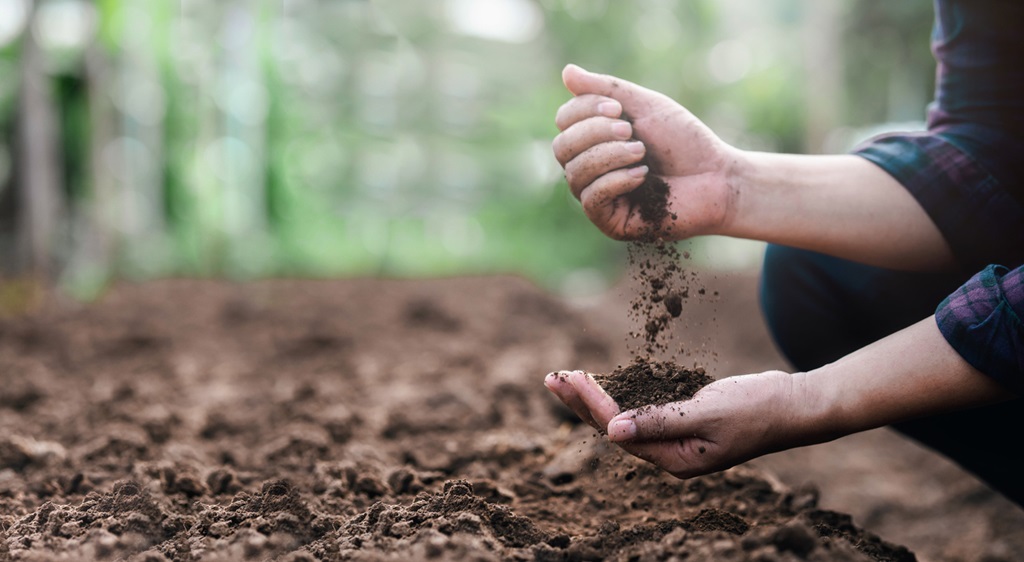
Perhaps you’ve seen the term “drought tolerant” on a plant tag. This phrase indicates a plant will grow well in drier conditions but will need watering until it’s established. Soil plays a key role in the amount of water a plant receives. Clay soil tends to retain water, while sandy soils hold little water. Certain plants, like Iris, grow best in soil that always remains moist, while Lavender prefers lighter soil that stays drier. Planting in the correct type of soil is vital for a plant’s hardiness.
Wind
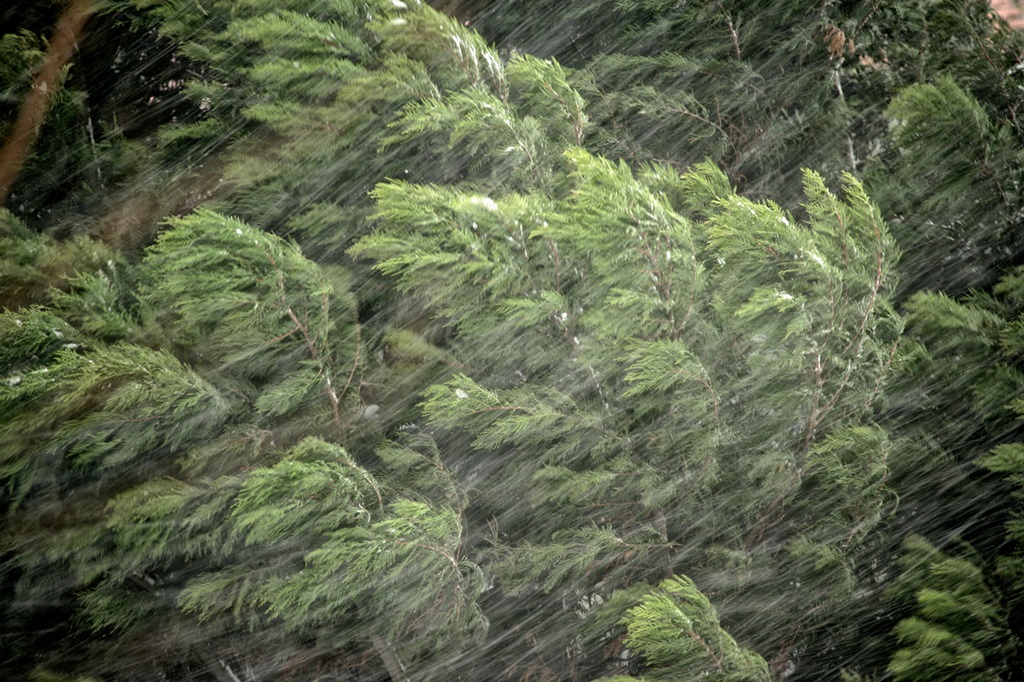
Evergreens are popular in northern climates, and many are hardy. However, some evergreens prefer to grow in sheltered landscape areas, away from the winter winds, which may cause the needles to dry out and cause winter burn. A great example is boxwood, which grows well in full sun during summer but likes to be sheltered from strong winds in winter and receive dappled sunlight.
Freeze/Frost Dates
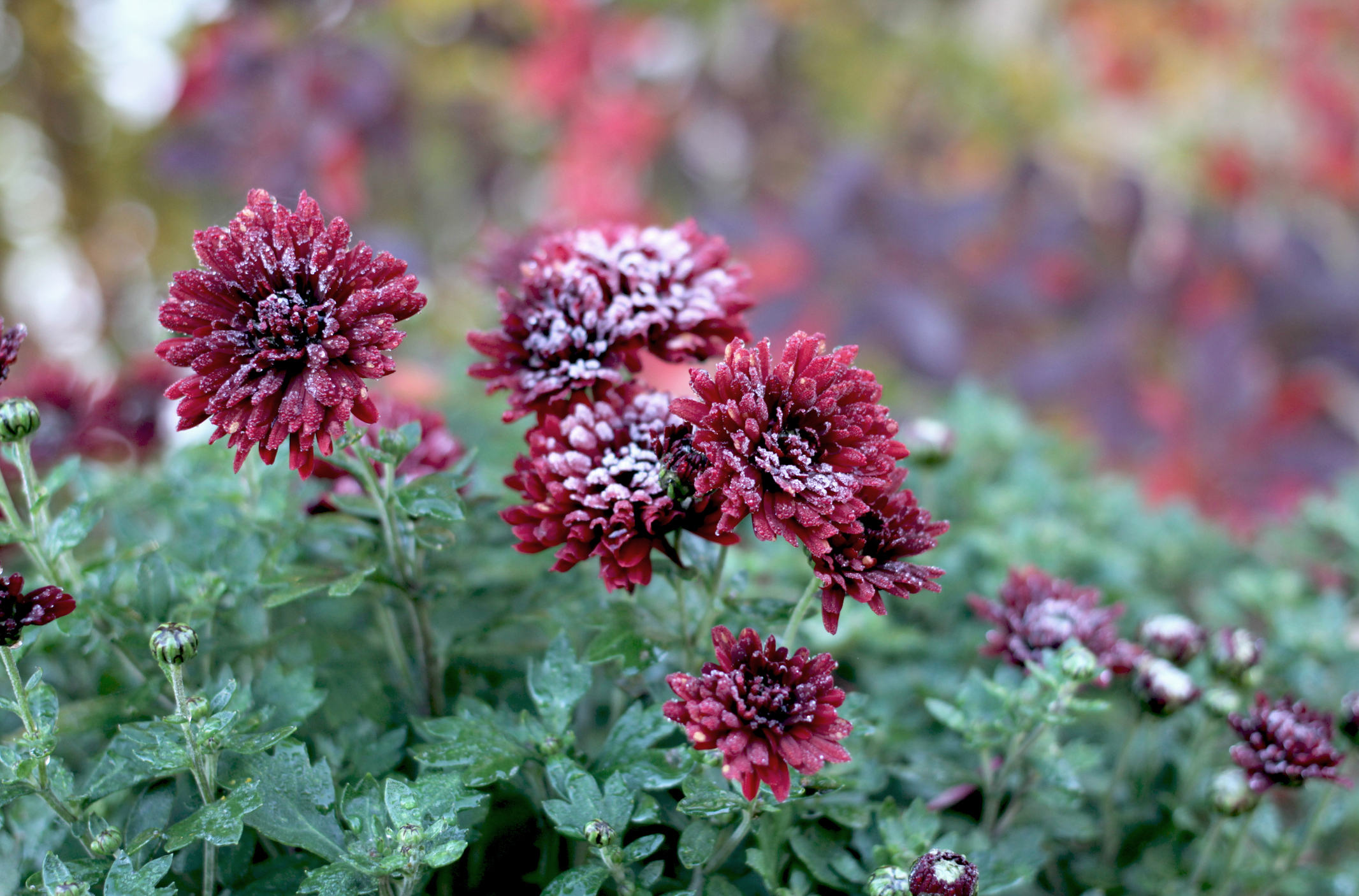
We can grow many types of winter hardy fruit in the north. Still, it’s essential to understand your site’s frost and freeze dates, as the flowers of many fruit trees are sensitive to cold temperatures in spring. In the Midwest, certain areas along the Great Lakes are known for their fruit production because the cool lake water keeps the land cooler in spring, which prevents the flowers from opening too early. But for many of us, our gardens are prone to warm spells in March or April that may cause early bloom on fruit trees, leaving them susceptible to freeze damage. For areas prone to late freezes, consider growing varieties that bloom later to minimize the risk of damage.
Sunlight
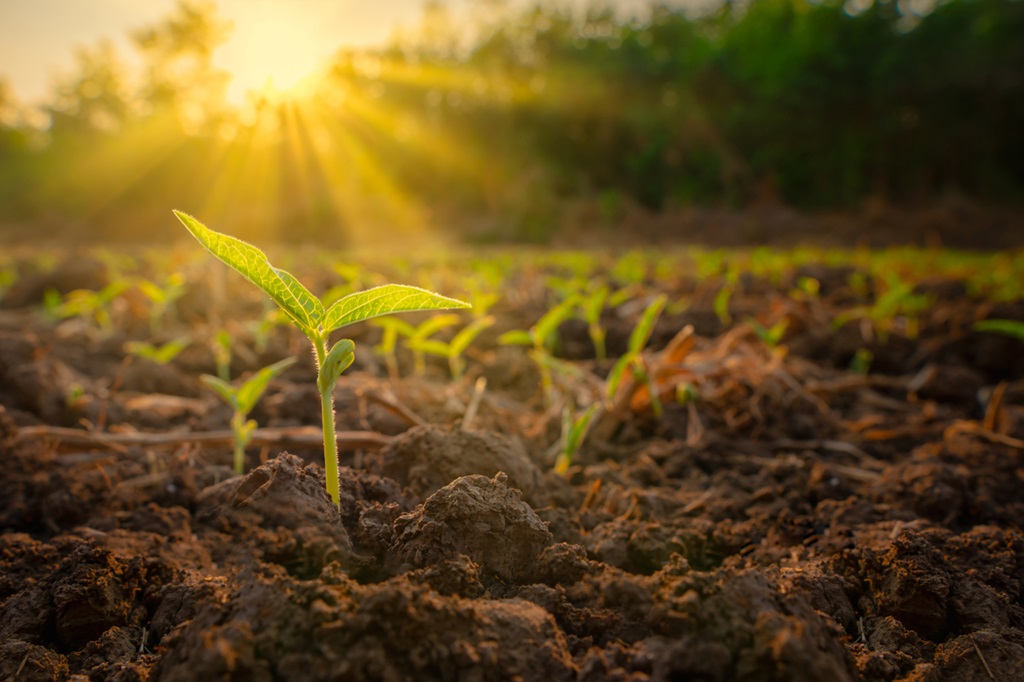
It’s hard to overestimate the impact of light on plants. Plants that prefer full sun will survive in the shade, but they will be less vigorous and less likely to bloom, so we should always check to make sure our yard receives the right amount of light for any plant we grow. And if you don’t have much sunlight in your yard, there are still many plants that are adapted to low sunlight, giving you the chance to have a beautiful landscape in the shade.
Microclimates
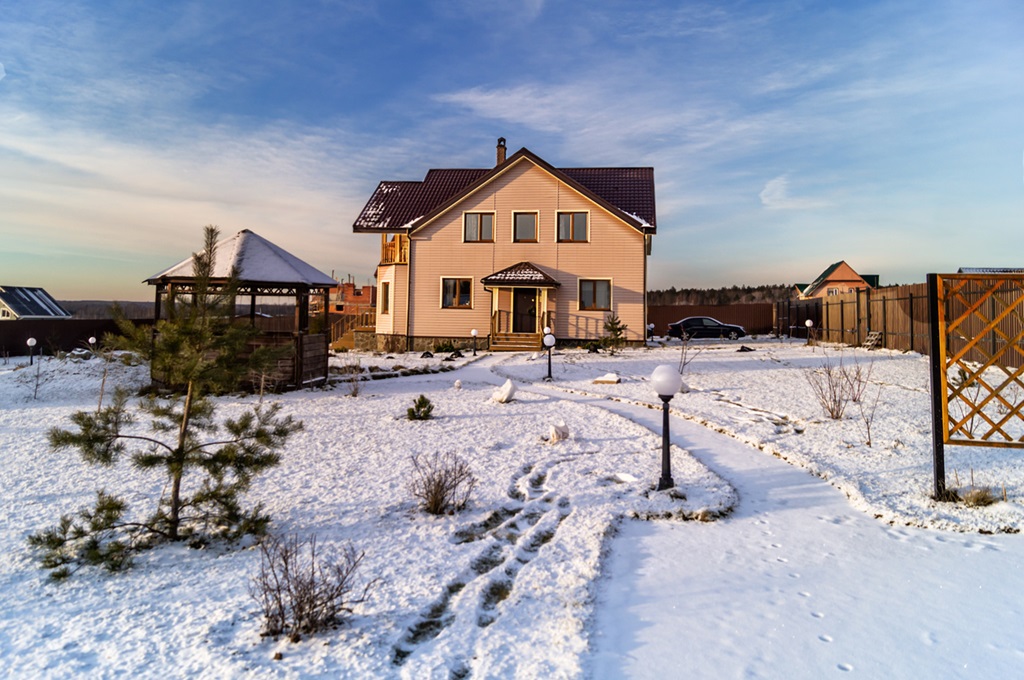
A microclimate can be a huge benefit if you like experimenting with new plants. About 15 years ago, my mom planted some gladiolus bulbs at our house in southern Wisconsin (Zone 5) along the south side of the house in a sheltered corner. And each year, these gladioli survived and surprised us with their gorgeous red blooms. Many gladioli are only hardy to Zone 8, so we never expected them to survive. However, that south-facing area stayed warm enough to keep them alive and blooming. It’s a cool story, but we recommend digging up your gladiolus to overwinter them. Microclimates can impact our gardens during the growing season as well. An example is a low spot in a yard where cold air forms and promotes frost while the higher elevations remain slightly warmer, leading to an extended growing season for part of the yard.
Snow Cover
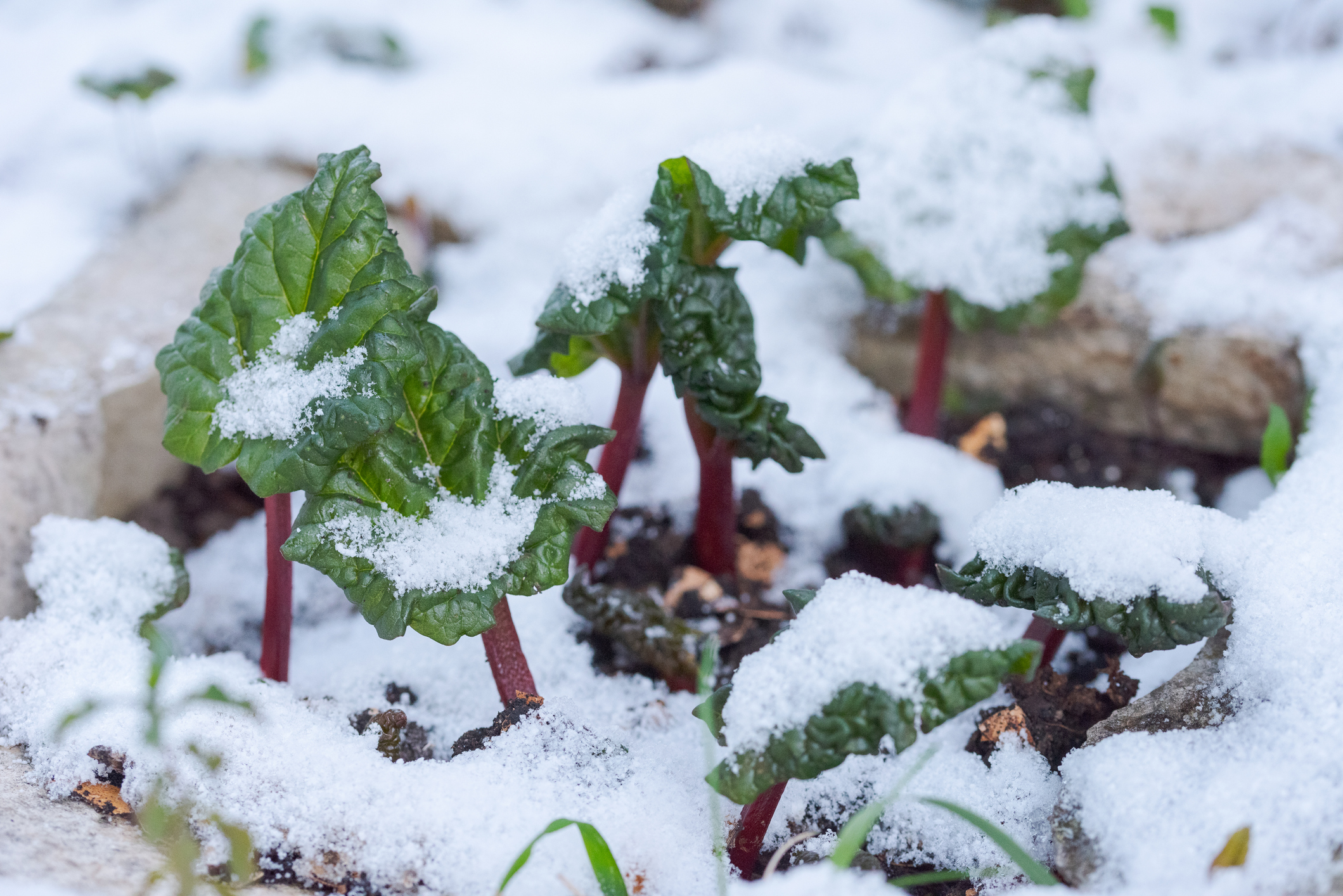
Snow provides insulation for the roots of plants. As a result, some gardeners in northern areas have been successful with growing plants that aren’t considered hardy for them. However, many of us have inconsistent snow cover, making it difficult to rely on snow for extra protection.

It’s tempting to buy new plants based on the updated zone map, but remember these other factors that contribute to the hardiness of our plants.
Other Recommended Reading
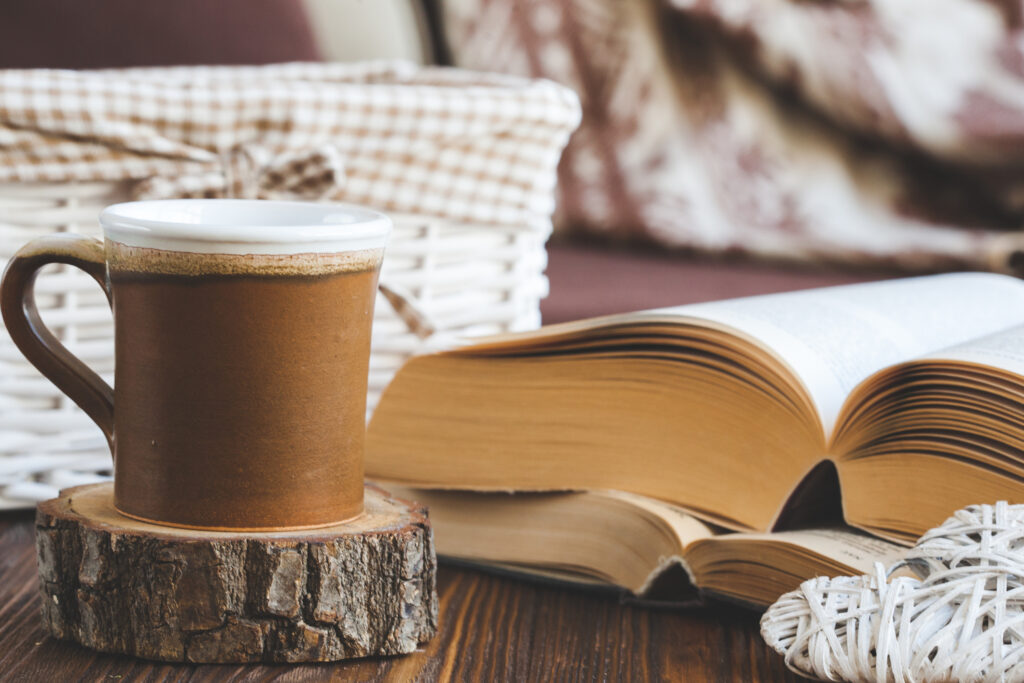
- A Gardener’s Guide To Plant Nutrition
- Growing Vegetables Indoors From Seed
- Preparing for Winter: Simple Ways to Provide For Backyard Birds
- Garden Trends: Color of the Year 2024
- Grow A Vertical Vegetable Garden

At Jung Seed Co, we strive to be your go-to guide for all your gardening needs. Our YouTube channel The Garden Doctor by Dick Zondag is where he provides gardening tips for all levels of gardeners. When you need reliable gardening advice, turn to the trusted experts at Jung.
View our new catalog online or browse our website for your gardening favorites. To receive info on new products, exclusive deals, and specials, be sure to sign up for our weekly email. Join our Facebook page, to discuss all things gardening!
About the Author: Matthew Olson is a professional horticulturist and garden writer. He has a bachelor’s degree in horticulture from UW-River Falls and is a certified professional with the Minnesota Nursery and Landscape Association. His enthusiasm for plants and the outdoors brought him to the green industry. He regularly writes articles about gardening for both gardeners and industry professionals. He can be reached at matt@mattolsonhorticulture.com.